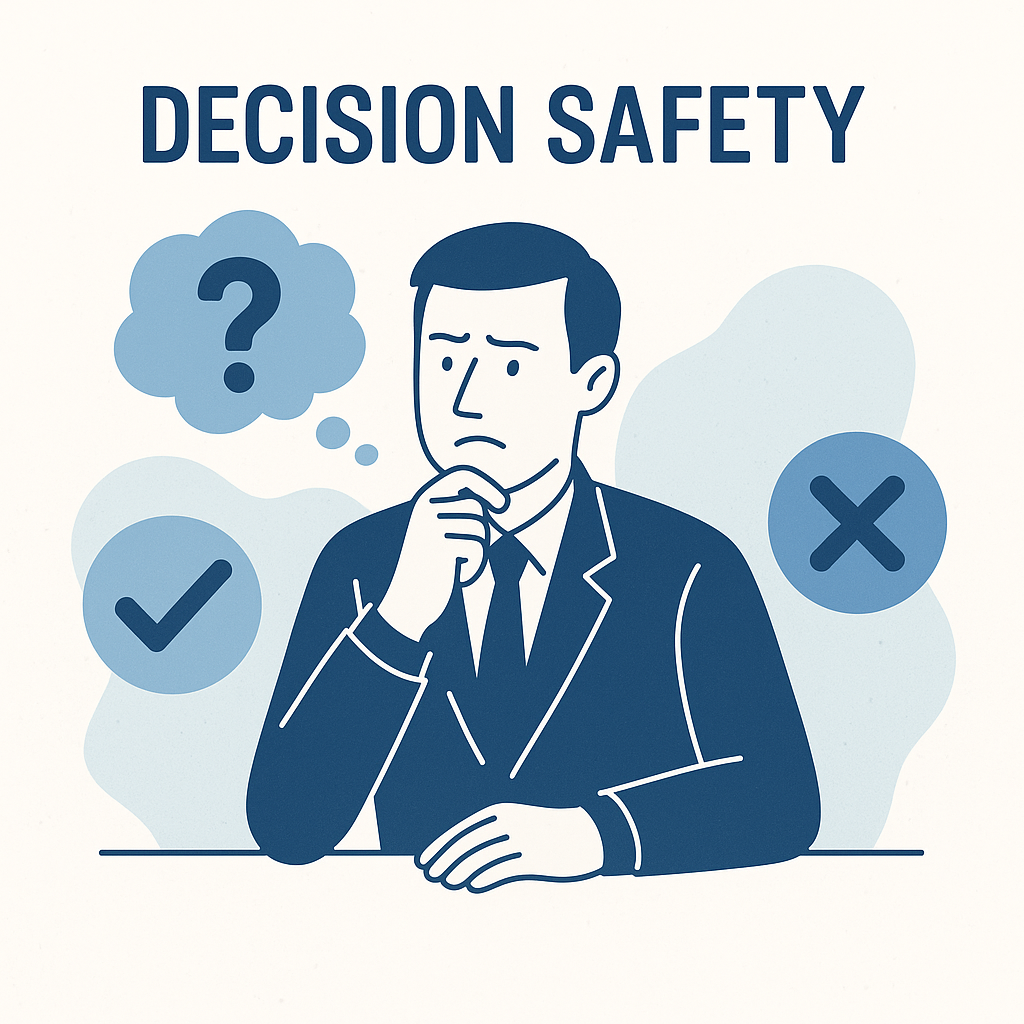
In day-to-day life, people make buying decisions quickly. We pick up items we don’t need, subscribe to services we barely use, and tap our
cards without much thought. These choices don’t carry consequences, so we move through them without hesitation.
In business, everything changes.
When a decision has real weight when it affects money, time, outcomes, internal expectations, or someone else’s scrutiny the pace slows
dramatically. It’s not because the decision is too complex or because people lack information. It’s because the decision suddenly becomes
personal. Someone knows they will have to carry the outcome, for better or worse.
This is where hesitation begins, and where most commercial decisions stall and don't progress.
.

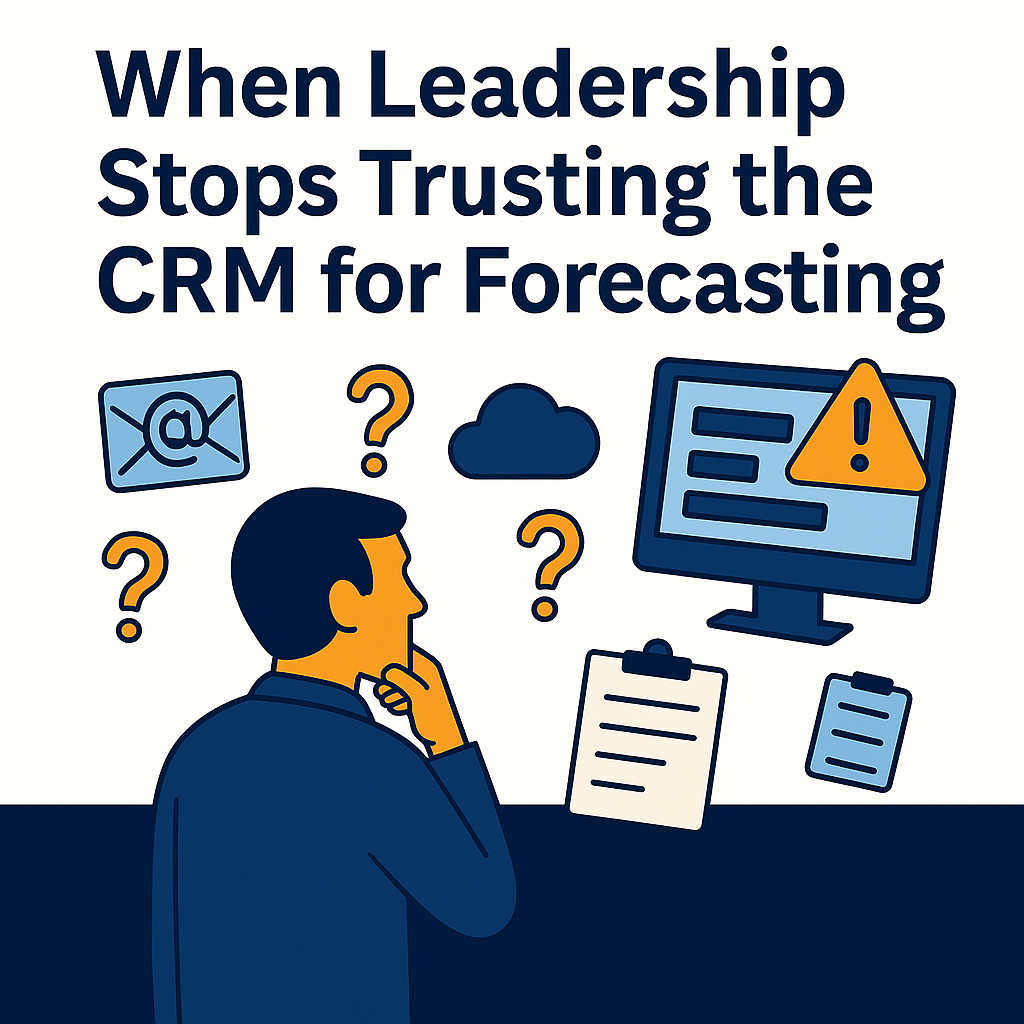
I see it all the time.
A business invests in a CRM, sets up the pipeline stages, and rolls it out across the team. For a while, it looks like everything is in one
place. Deals are tracked, activities are logged, and reports can be generated at the click of a button.
But fast forward, and leadership is back to where they started. Instead of trusting the CRM, they’re firing off emails:
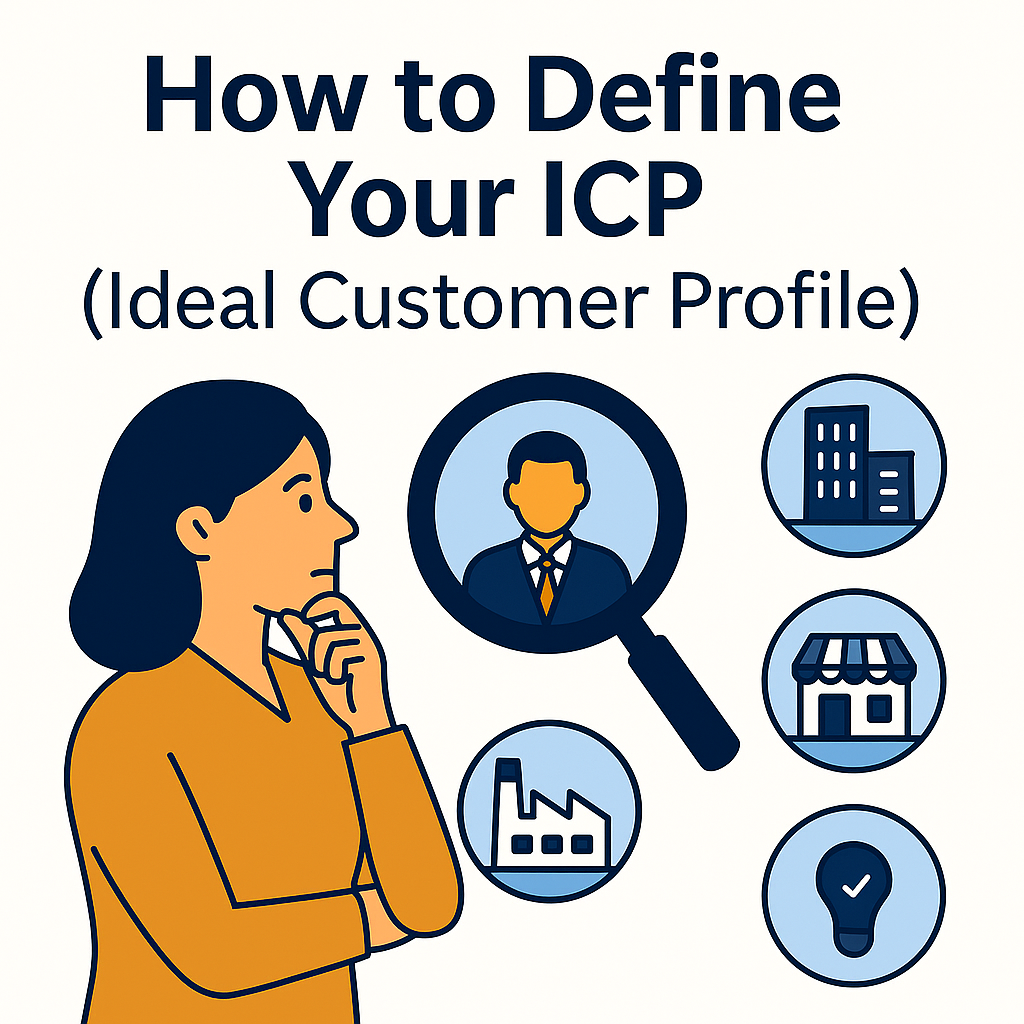
Getting clear on who you serve best
When I ask a business who their ideal customer is, I usually get broad answers like:
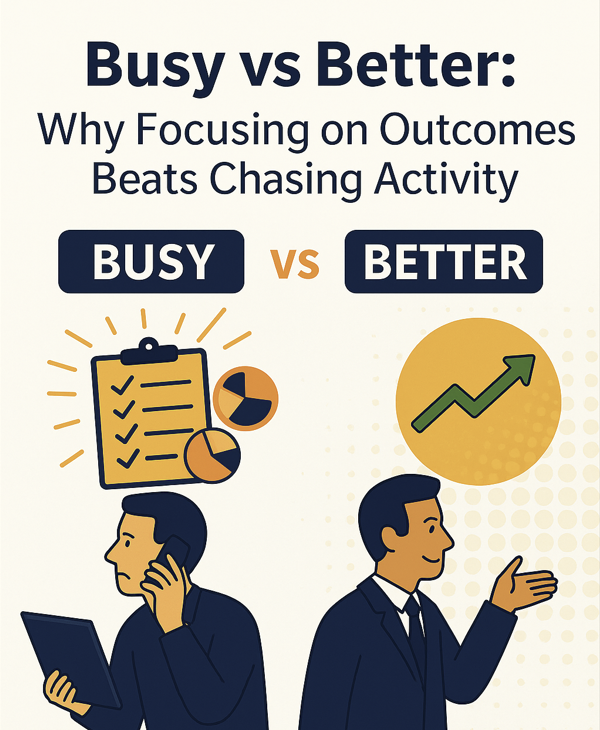
Most businesses don’t struggle because people aren’t working hard.
They struggle because effort isn’t translating into the right outcomes.
It’s an easy trap to fall into. Leaders want accountability, so they start measuring activity: number of calls made, meetings booked,
proposals sent, tasks ticked off. Soon, the business becomes obsessed with being busy.
The problem? Activity alone doesn’t guarantee progress.
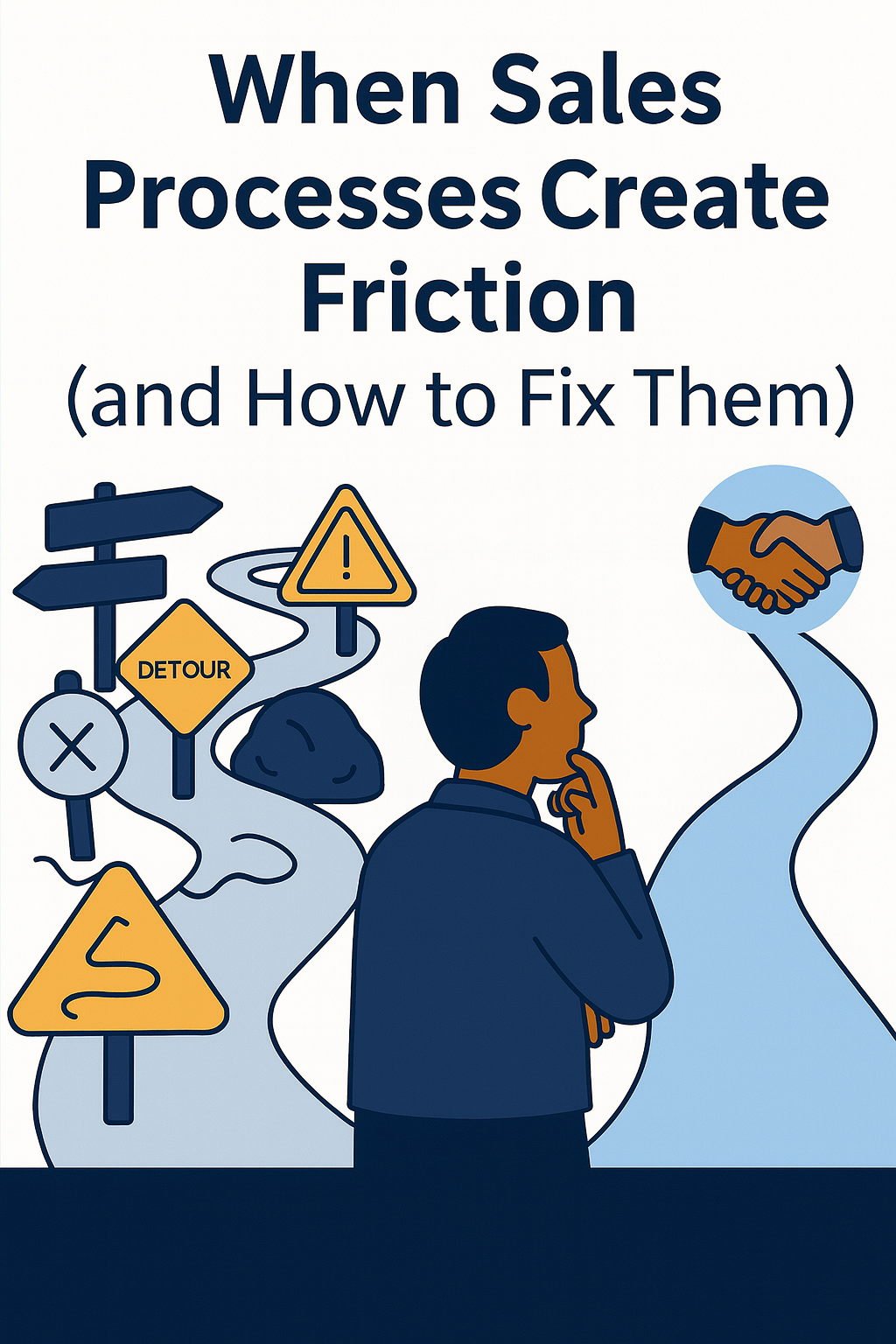
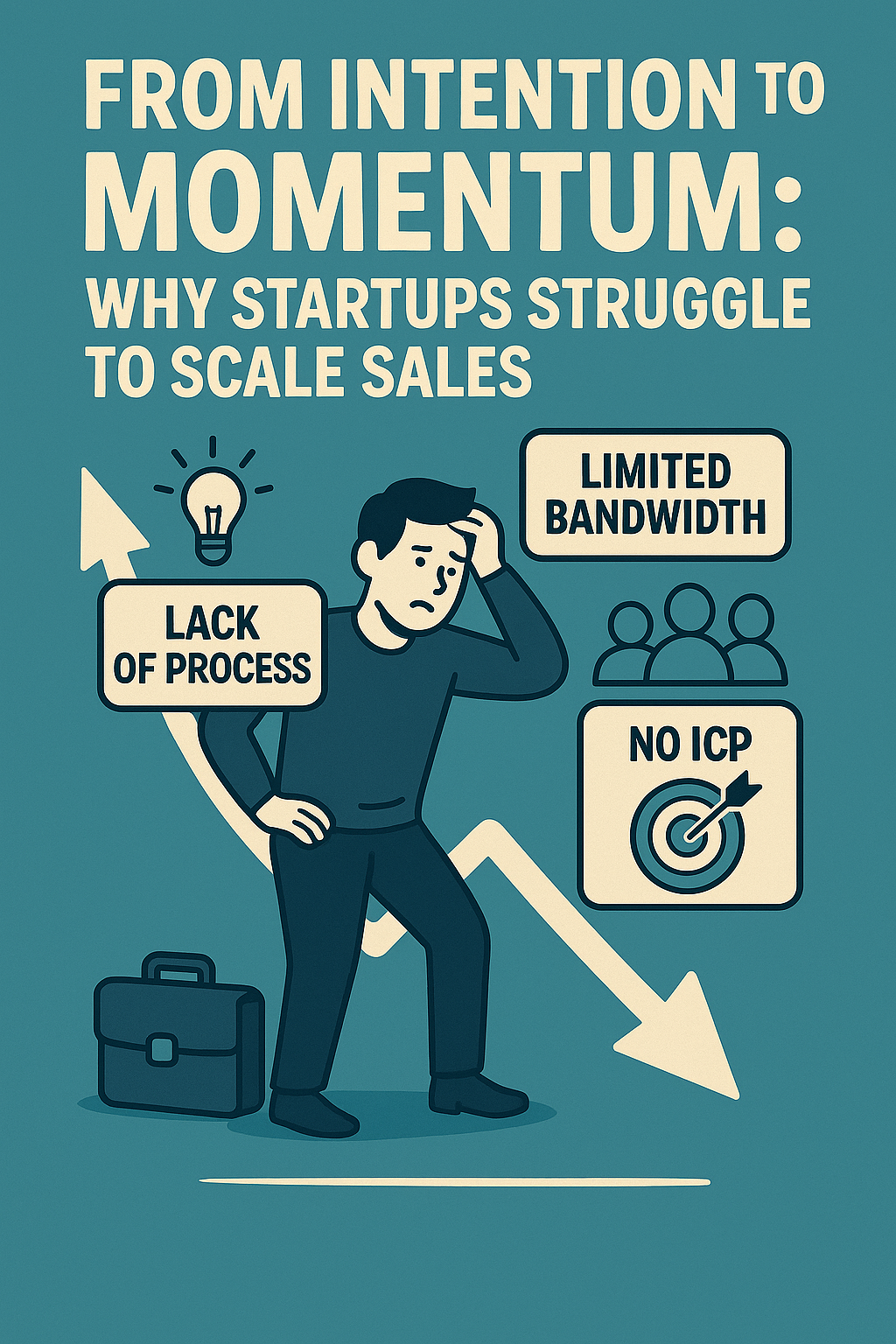
Most startups are built on intention.
The intention to change how something is done.
The intention to grow fast and win a market.
The intention to create something valuable enough to attract customers and investors.
But intention is not momentum.
Momentum is what happens when good ideas meet repeatable systems. It’s what keeps revenue flowing when the founder isn’t on every call. It’s
what sustains confidence through funding cycles and market shifts.
And momentum, in sales especially, is where many startups stall.
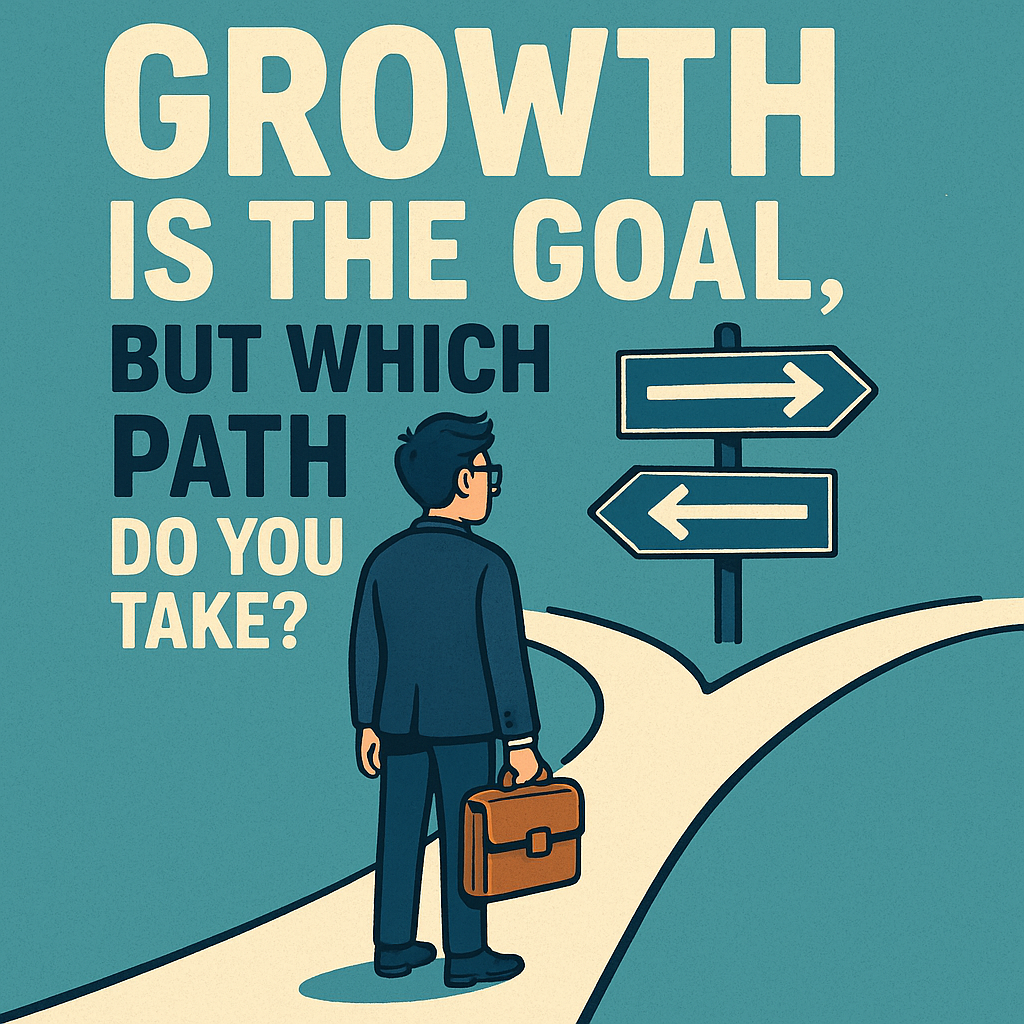
Most business owners I speak with want the same thing: consistent, predictable, revenue and growth.
Not
just a few good months here and there. Not just a streak of referrals. But steady, reliable growth you can plan around. The problem? Getting
there isn’t straightforward. Most leaders end up asking themselves two questions on repeat:

When business feels good, it’s tempting to think you’ve cracked the code. Work is flowing in, quoting feels smooth, clients are happy, and
you’re winning more than you’re losing.
It’s a great place to be, but it’s also one of the most important times to take a closer look. Because while success today is encouraging,
sustained success tomorrow requires more than riding a good wave.
The businesses that scale consistently don’t just wait for things to dip before they adapt, they use the good times to build the structure
that makes growth predictable.
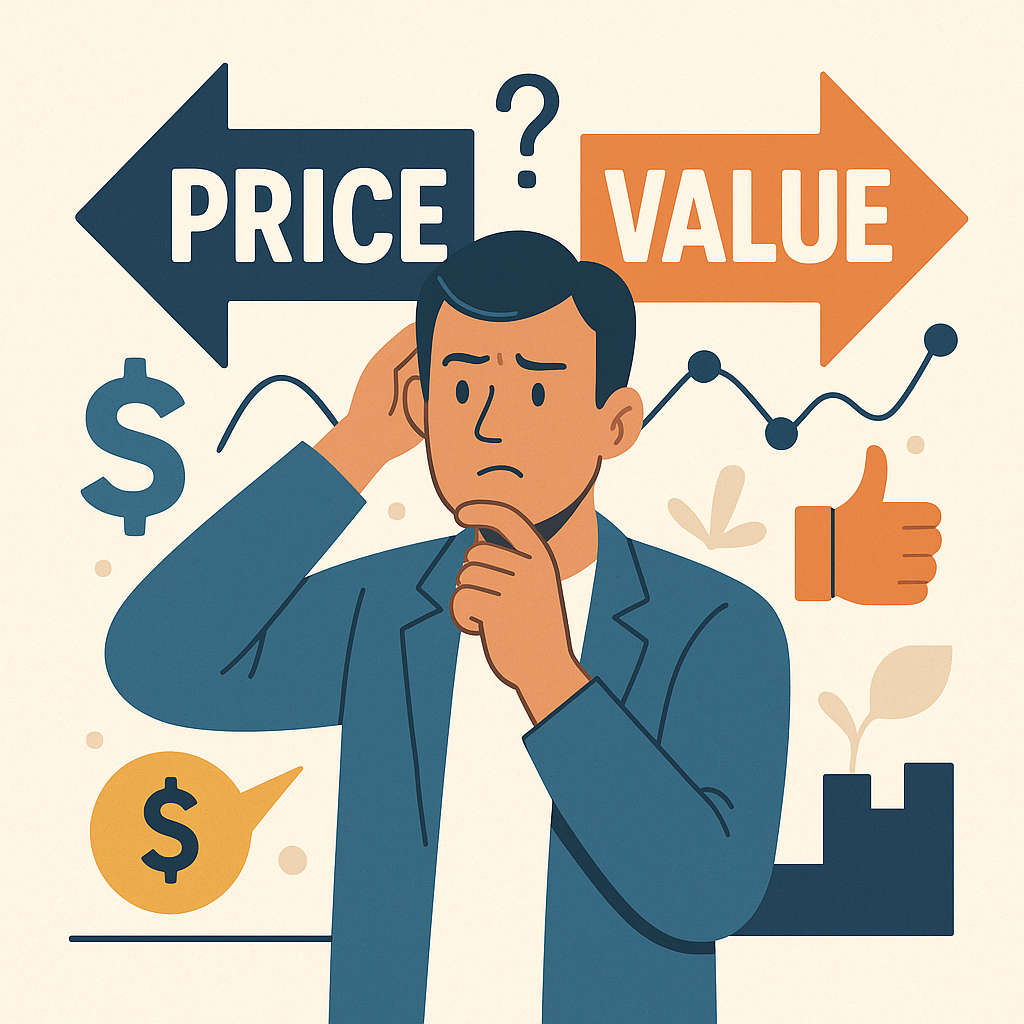
You know the drill.
A lead comes in. They ask for a quote. You send it.
Next thing you know, it’s ghost town, or worse, you get told “someone else can do it cheaper.”
And you start doing the maths in your head:
👉 “Should I shave a bit off to win the job?”
👉 “Maybe I’ll throw in a little extra, just this once.”
👉 “That’s just how it is these days, right?”
But what if that is the reason you’re?
Not the economy.
Not the competition.
Not the market.
The way you’re framing your value is what’s keeping you in the grind.
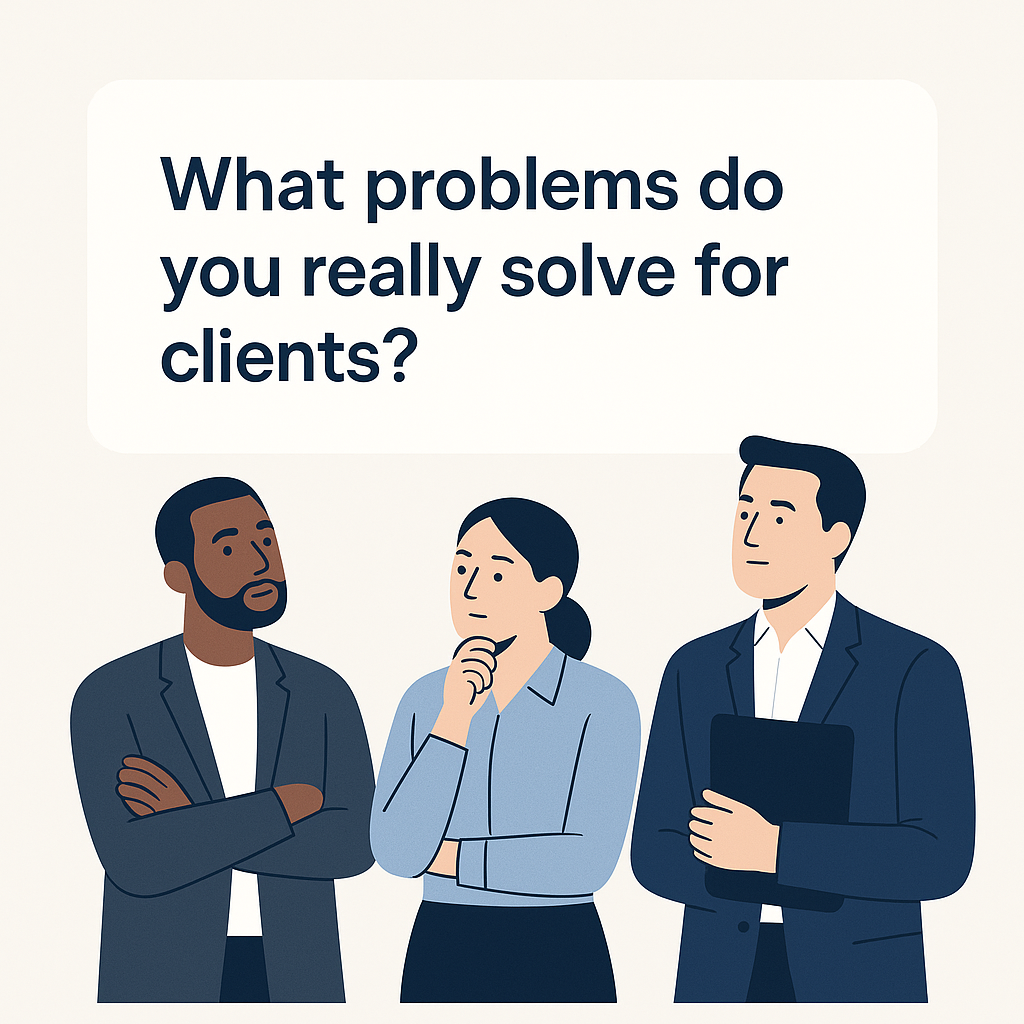
Most businesses can tell you what they do.
The good ones can tell you how they do it differently.
But the ones that grow sustainably, win better clients, and stand out, they understand something deeper:
It’s not just the problem you solve. It’s what that problem really means for the person living with it.
That’s the layer most businesses skip and it’s the one that matters most when it comes to growth, sales, and why someone chooses you
over someone else.
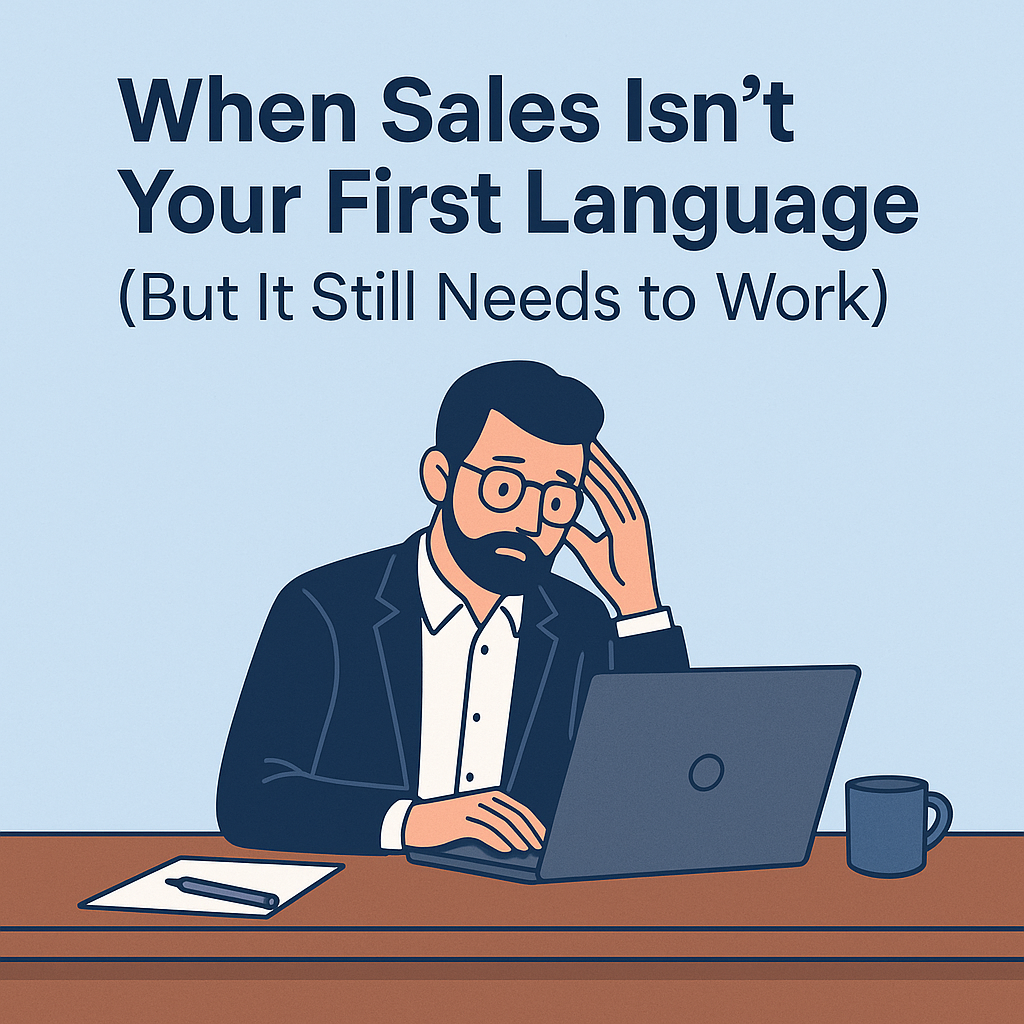
If you’re running a business, chances are you didn’t start it because you love sales. You started it because you were good at your trade,
passionate about your craft, or saw a better way of doing things in your industry.
But here you are, leading the business and suddenly responsible for keeping the work flowing in. And when sales isn’t your first language,
that part can feel like a grind.
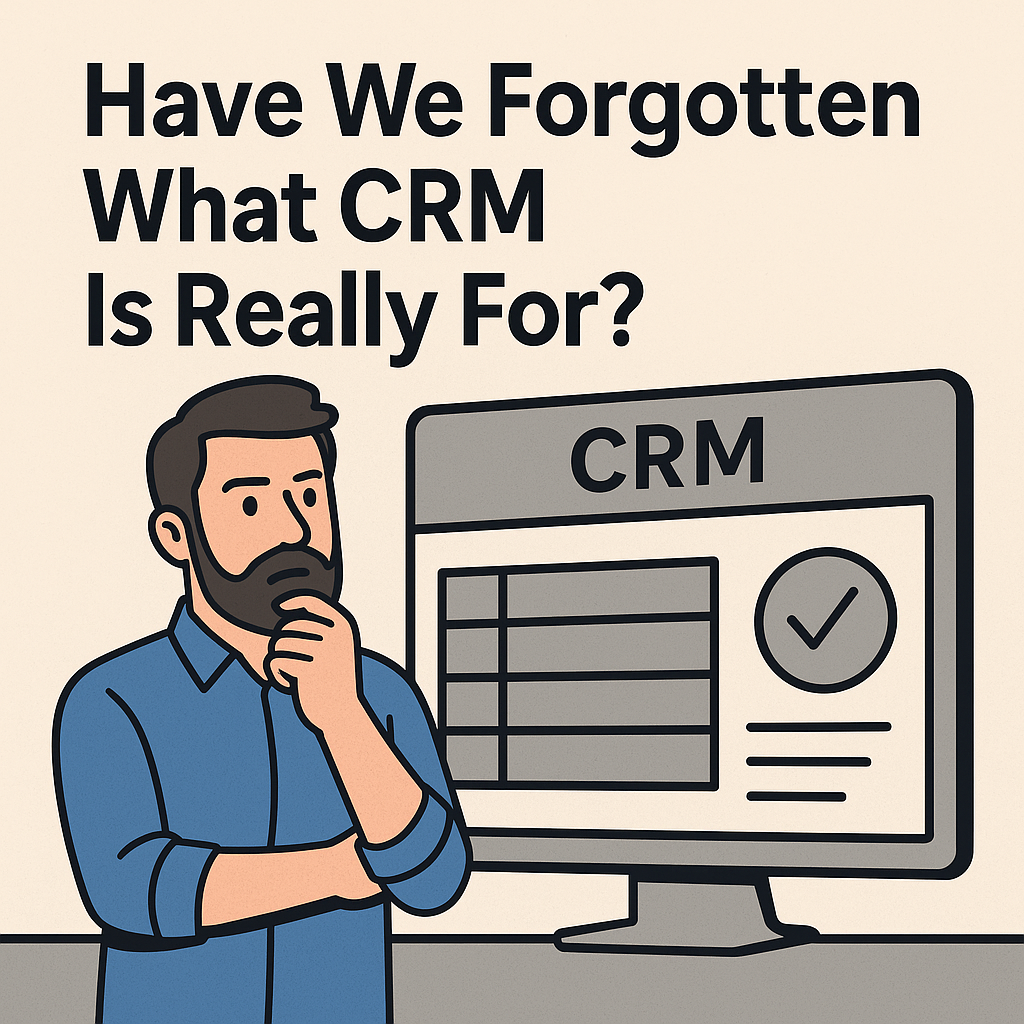
Walk into almost any business today, and you’ll find a CRM at the centre of its sales operations.
The promise is always the same: visibility, accountability, and growth.
But somewhere along the way, many CRMs lose their purpose.
Instead of being tools that help salespeople sell better, they morph into admin-heavy reporting hubs, built more for leadership dashboards
than for frontline sales conversations.
And that’s a problem. Because when the CRM becomes about activity management instead of sales enablement, businesses stop
seeing the outcomes they hoped for.
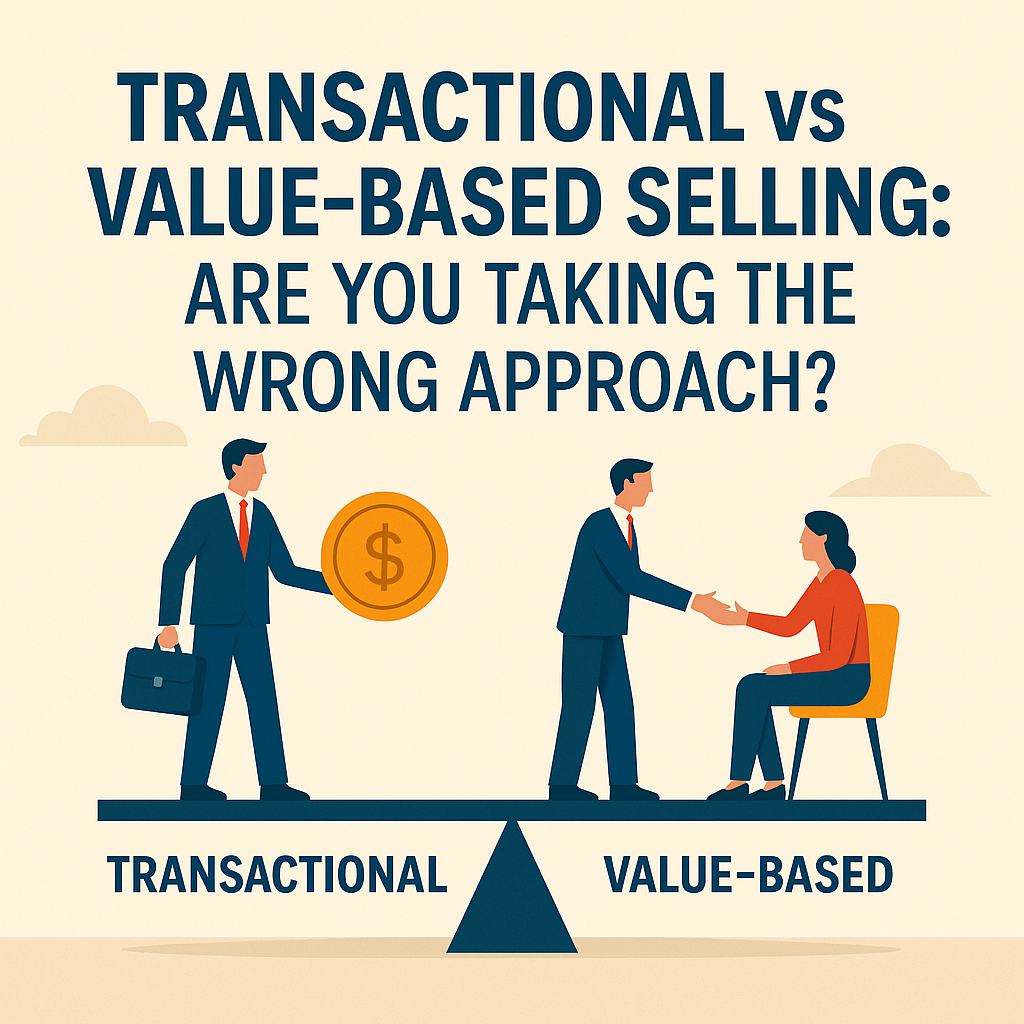
When it comes to sales, not all approaches are created equal or equally suited to your business.
Too often, businesses try to apply a transactional model to the way they sell, even when their product or service isn’t a
simple, one-off decision. This mistake can cost far more than lost revenue. It can affect how customers experience your business, reduce
lifetime value, and make it harder to protect your margins over time.
So let’s unpack it.
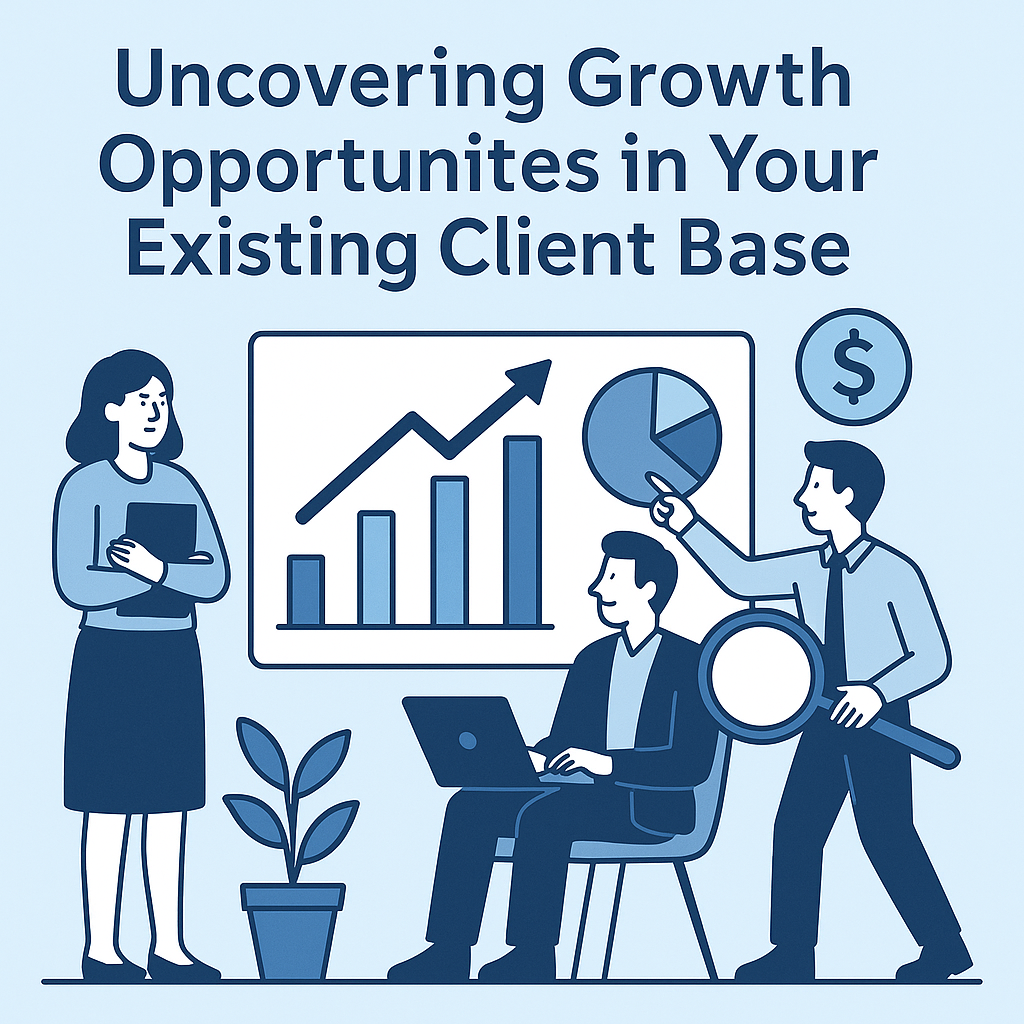
Most businesses are sitting on a goldmine and don’t even realise it.
While chasing new logos often feels like the way to scale, the most immediate and profitable growth opportunities often lie with the clients
you already have. The question is: are you truly leveraging your client data, or are you leaving opportunity on the table?
This article explores how to mine insights from your existing client base, identify patterns of success, and use that clarity to drive
smarter cross-sell, upsell, and expansion strategies, all while refining your ideal client profile (ICP).
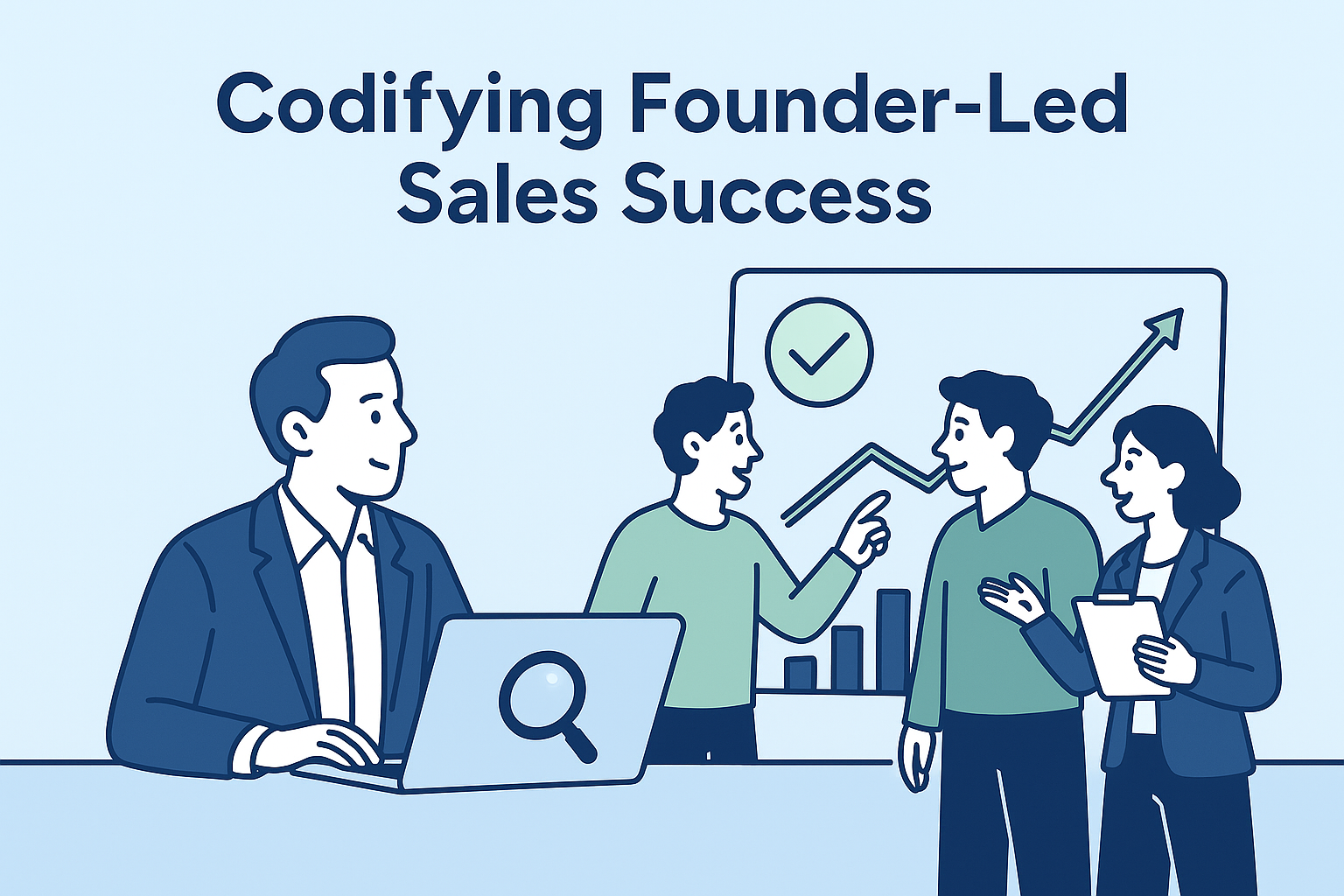
In the early days of a business, sales success is often fuelled by passion, product knowledge, and hustle, usually led by the founder. Deals
are won through instinct, relationships, and a deep understanding of the problem you solve.
And that works — until it doesn’t.
As you start to grow, the very thing that made you successful can become your biggest constraint. The founder becomes the bottleneck. Sales
becomes inconsistent. New hires struggle to sell like you do. And scaling revenue feels harder than it should.
This is what we call the Founder-Led Sales Trap.
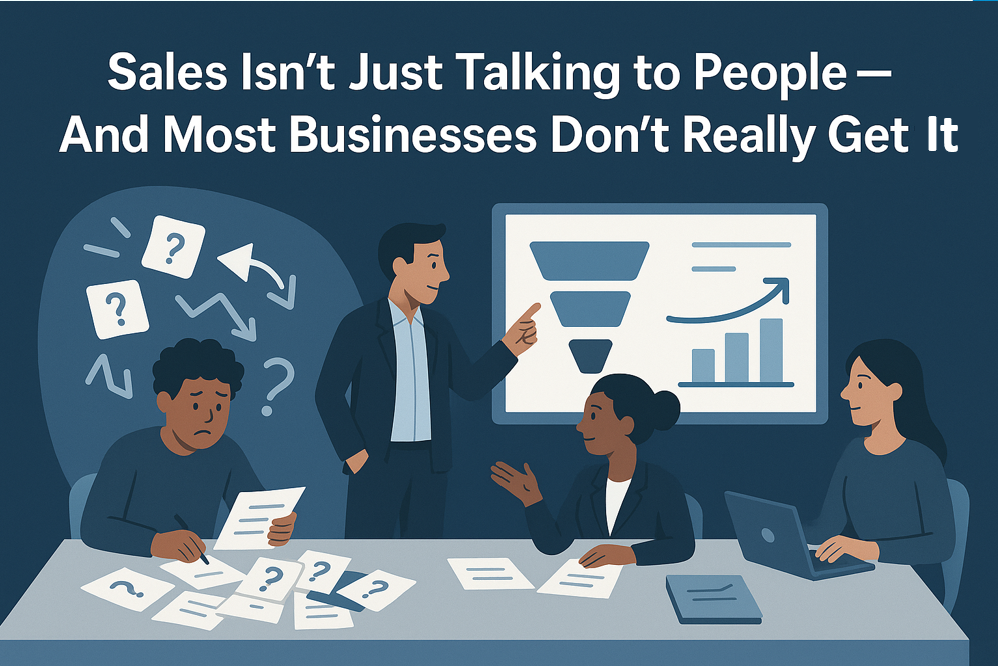
Let’s start with something uncomfortable: Most businesses don’t really understand sales.
They understand revenue. They understand targets. They understand the product.
But sales? The actual function, mechanics, psychology, structure, and strategy behind consistent commercial success? That’s often misunderstood, or overlooked entirely.
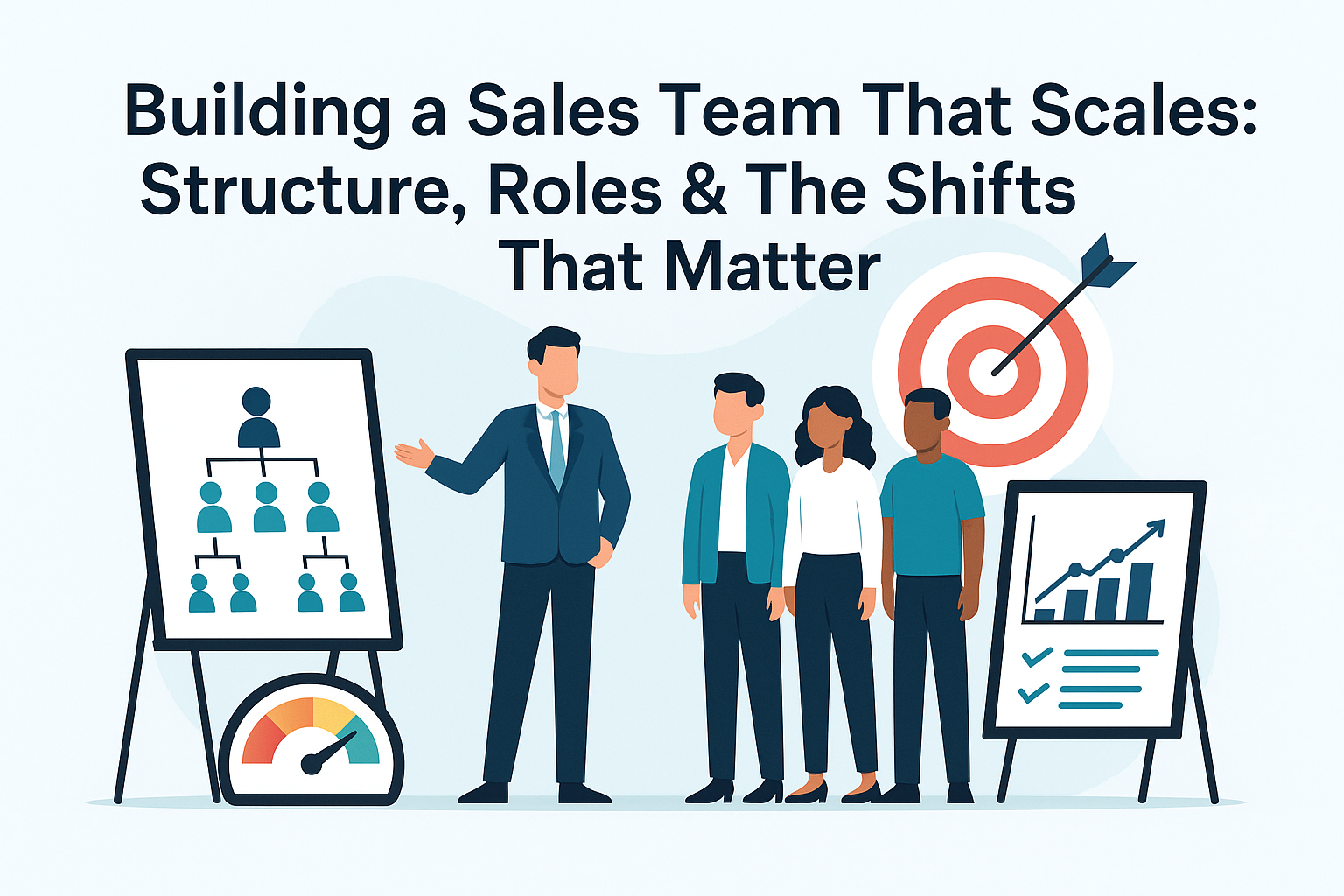
For most businesses, sales growth isn’t just about adding headcount, it’s about building a sales organisation that matches your
goals, supports your strategy, and can evolve as you grow.
But here’s the problem: Too often, sales teams are built reactively, based on what’s urgent, who’s available, or what’s worked before. Not
based on where the business is going or what the market demands now.
Whether you’re hiring your first rep, scaling up a team, or adjusting after a growth spurt, here’s what you should be thinking about when it
comes to building and structuring your sales function for real performance.